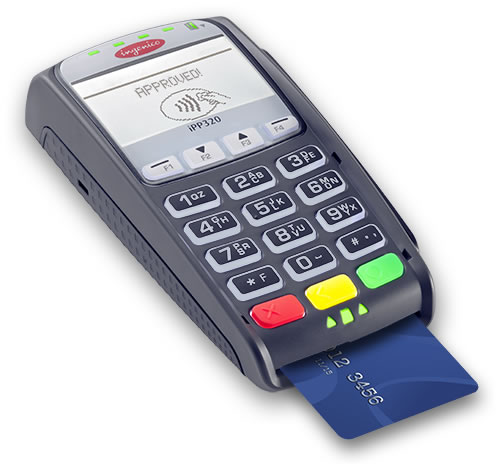EMV: What Does It Mean To You?
We’ve been receiving lots of questions here at nizeX concerning the new EMV card regulations for US merchants. There’s a lot of information (and misinformation!) floating around out there, and it can be difficult & time-consuming to make sense of it all. Here’s the breakdown of what changes are coming, and what these will mean to your business.
EMV cards have been used in Canada and Europe for years, but they’re just now appearing in the US. That’s because the card industry has decided to roll out this technology here in an effort to reduce fraud. You’re likely seeing a flurry of information concerning EMV regulations, because the industry has set an October 2015 deadline for those regulations to be adopted by everyone in the card processing chain. This means issuing banks will be replacing existing cards with EMV-ready cards, credit card processors must upgrade their systems to work with EMV cards, and merchants are expected to accept EMV cards, all by the October 1st deadline.
Here are some FAQs regarding EMV:
1) What are EMV cards?
EMV cards are commonly called “smart chip” cards, because they have a built-in chip (seen on the front of the card) that interacts with the card processing device to determine whether the card is valid. EMV cards issued in the US will still have a magnetic stripe for the time being, in addition to the chip. When an EMV card is presented to a merchant with EMV-ready hardware, the device will instruct the customer to insert their card into the bottom of the device, which will be held until the transaction is approved.
2) Why are EMV cards becoming the new standard?
EMV cards are considered to be far more secure than magnetic stripe cards, because the magnetic stripe is much easier for criminals to reproduce. Currently, if someone steals your credit card number, the thief can make a counterfeit card with a magnetic stripe, allowing them to use your credit card account even while the real credit card is safely in your possession. The card industry states that the smart cards are virtually impossible to duplicate, so by putting EMV chip cards in the marketplace, counterfeit card fraud can be significantly reduced or even eliminated.
3) What will I need to do in order to accept EMV cards?
To be ready to accept EMV cards, you must have a card processing device that can read the “chip” on the front of an EMV card. To obtain this device, you’ll need to work with a card processor who has adopted this new technology. Don’t buy EMV readers online — you will need to get them directly from your card processor, because these devices encrypt the data so that it can only be transmitted directly to a specific processor.
4) Will I be able to process EMV cards directly through Lizzy?
nizeX is working with our card processing partner, OpenEdge (formerly PayPros) to integrate this new EMV technology with Lizzy. We fully expect to finalize the integration well in advance of the October 2015 deadline. As soon as the integration is complete, we’ll be contacting all customers with specific information about what devices will be compatible, and how to process the new cards via Lizzy.
If you’re looking to process EMV cards through your Lizzy software, we advise you to wait on purchasing any EMV devices. Right now, the only available EMV devices interact only with Windows-based software — NOT web-based software like Lizzy. However, there are several devices designed for web-based software (like Lizzy) that will become available in the next few months. These devices will have the latest technology like NFC & Apple Pay, as well as electronic signature capture. By waiting to purchase your EMV-compatible hardware, you’ll ensure that you have a device that’s fully compatible with Lizzy.

5) What if I decide not to upgrade my current hardware so that I can accept EMV cards?
You can’t be forced to adopt the new EMV technology, and there are no laws that require you to do so. However, what will happen in October is a shift of liability to the business that has not implemented EMV technology. So as a merchant, if you accept a card with an EMV chip but fail to process it via EMV (and simply swipe the card as you do today), you would be liable for the loss if that card is stolen or counterfeit. However, if a customer has a card without an EMV chip, then the issuer of that card is liable for the loss if that card has been stolen or counterfeited, because they failed to provide their customer with a card matching the new EMV regulations.

